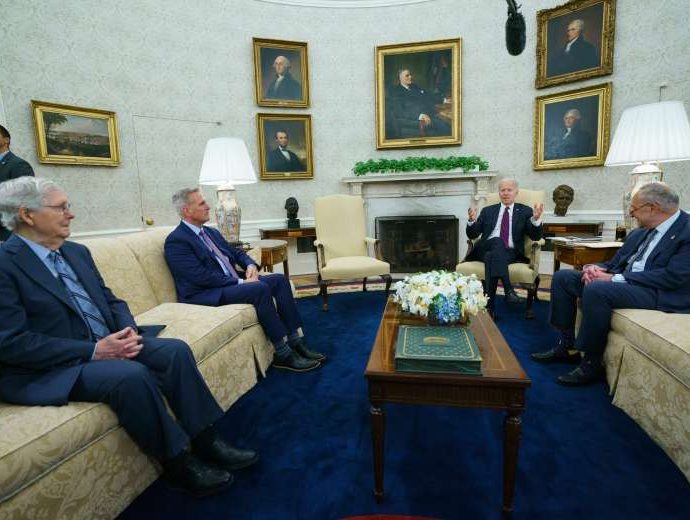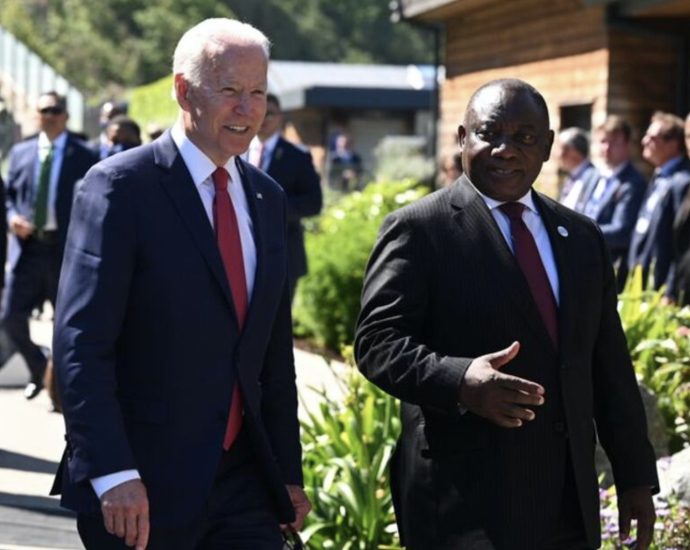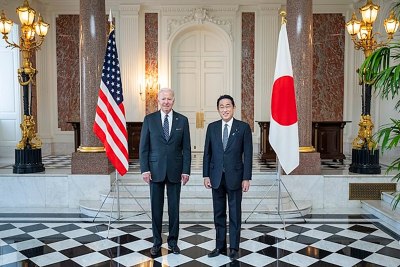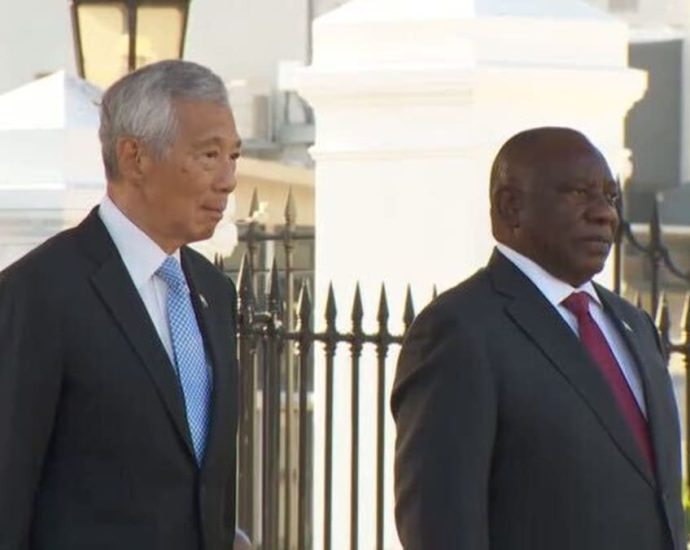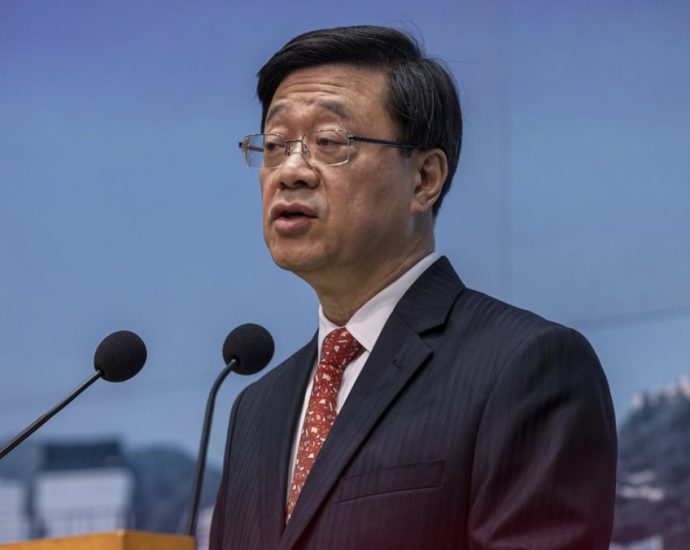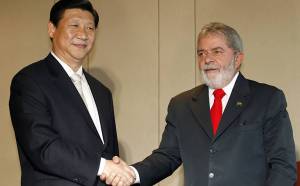In symbolic Hiroshima, US allies size up an ascendant China and unpredictable Russia
TIGHTEN SANCTIONS The G7 will aim to tighten sanctions on Russia to prevent it skirting measures already in place, Germany’s leader, Olaf Scholz, said on Thursday. The US will have a package of sanctions associated with a G7 statement that will centre on such an issue of enforcement of RussianContinue Reading






